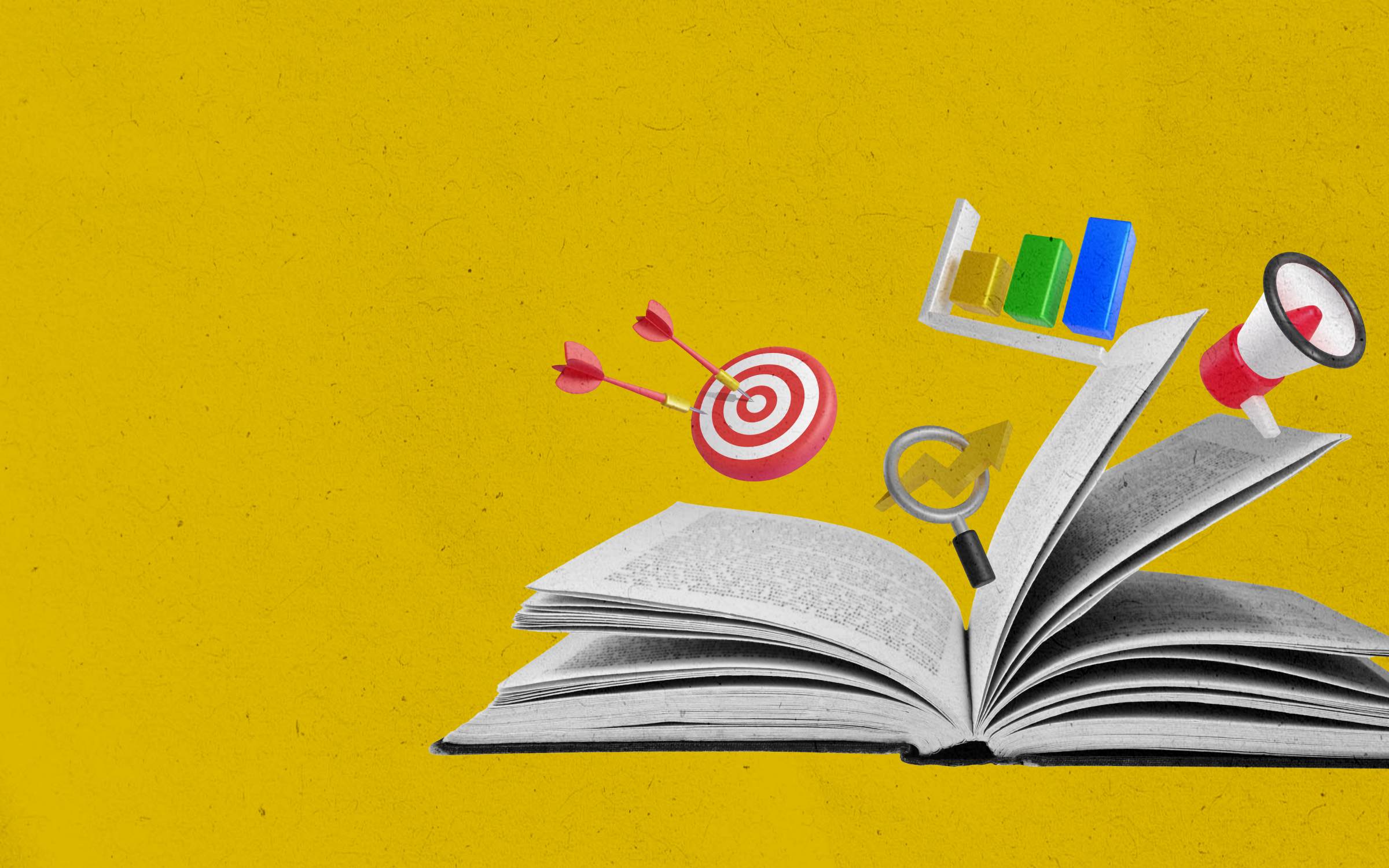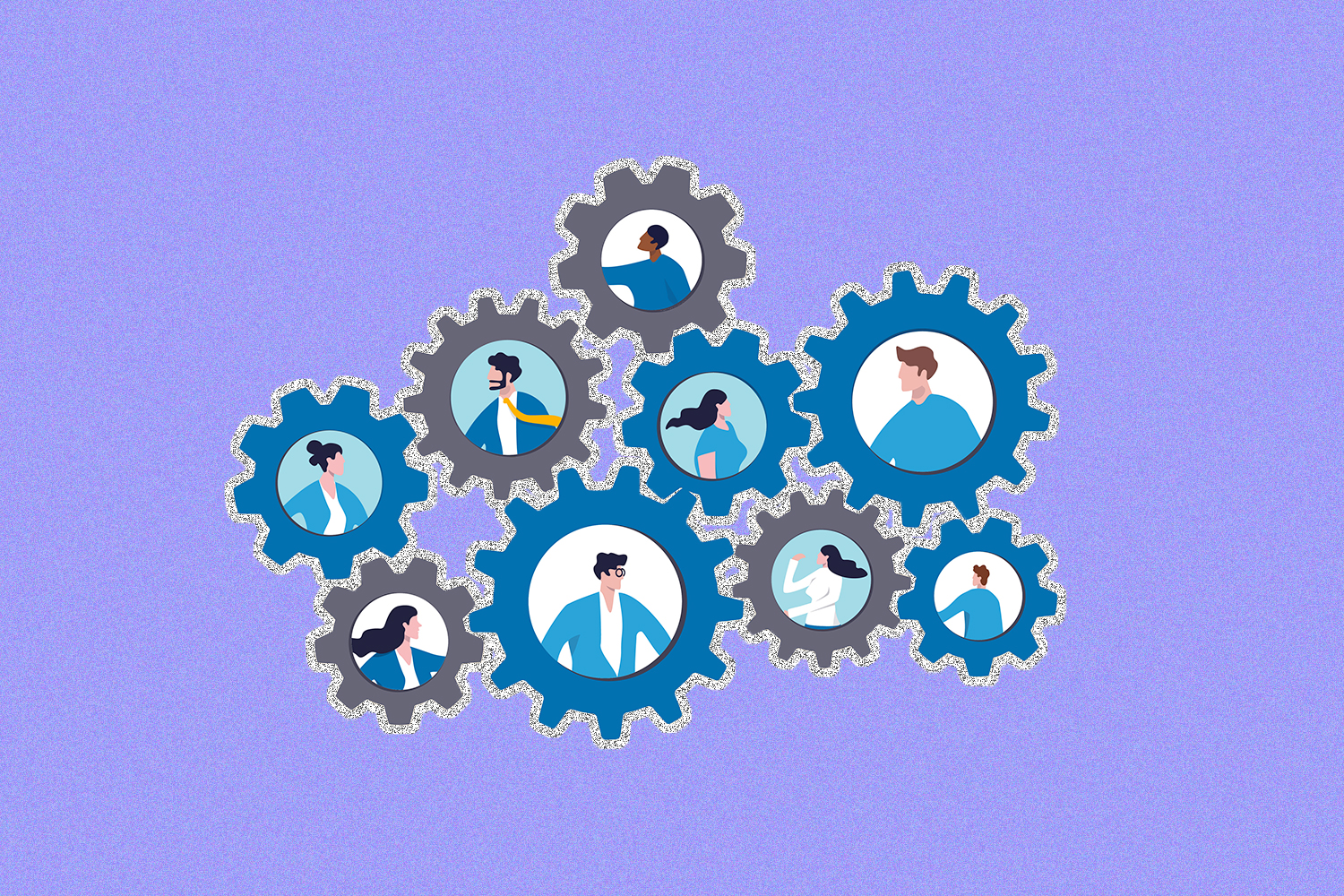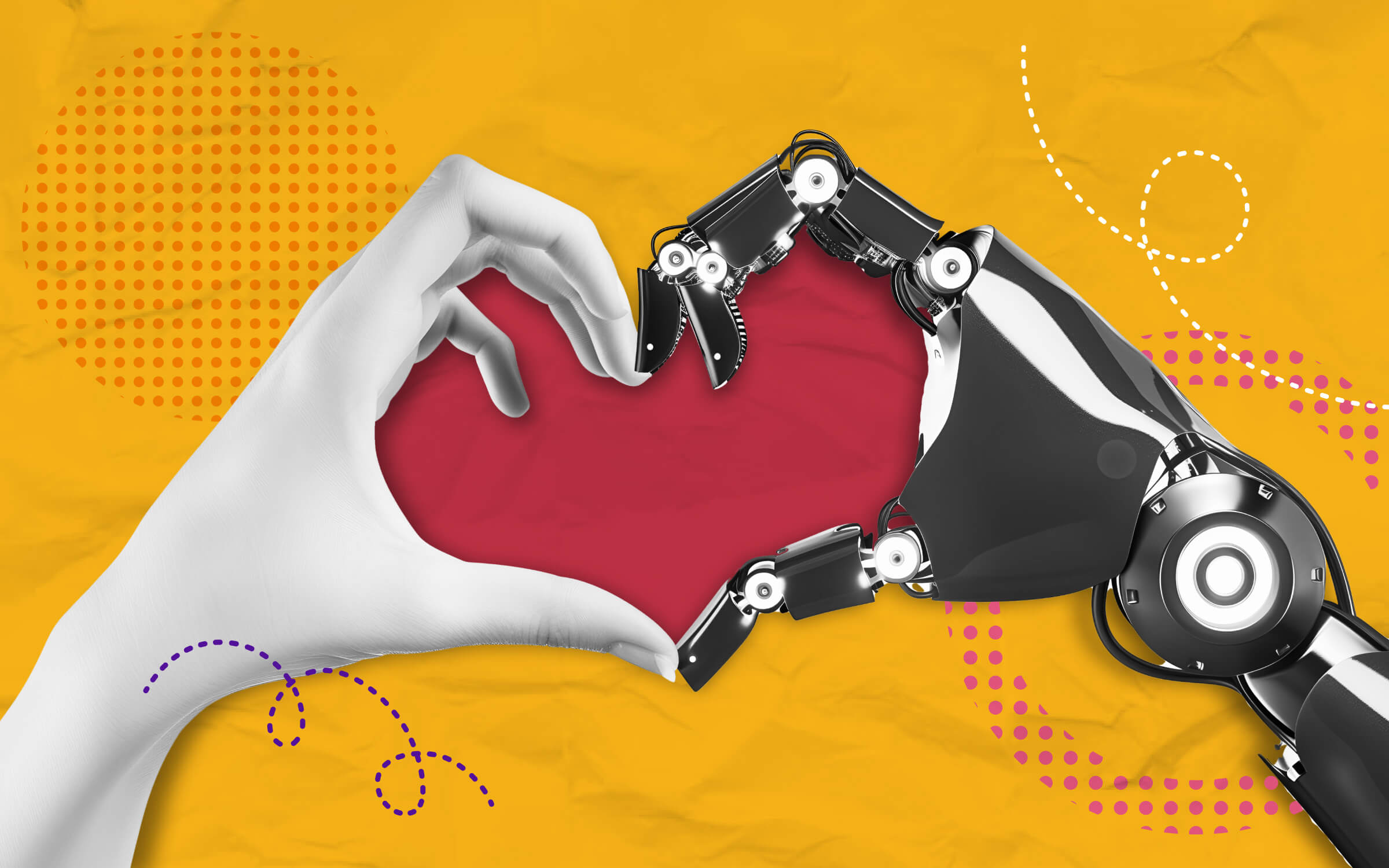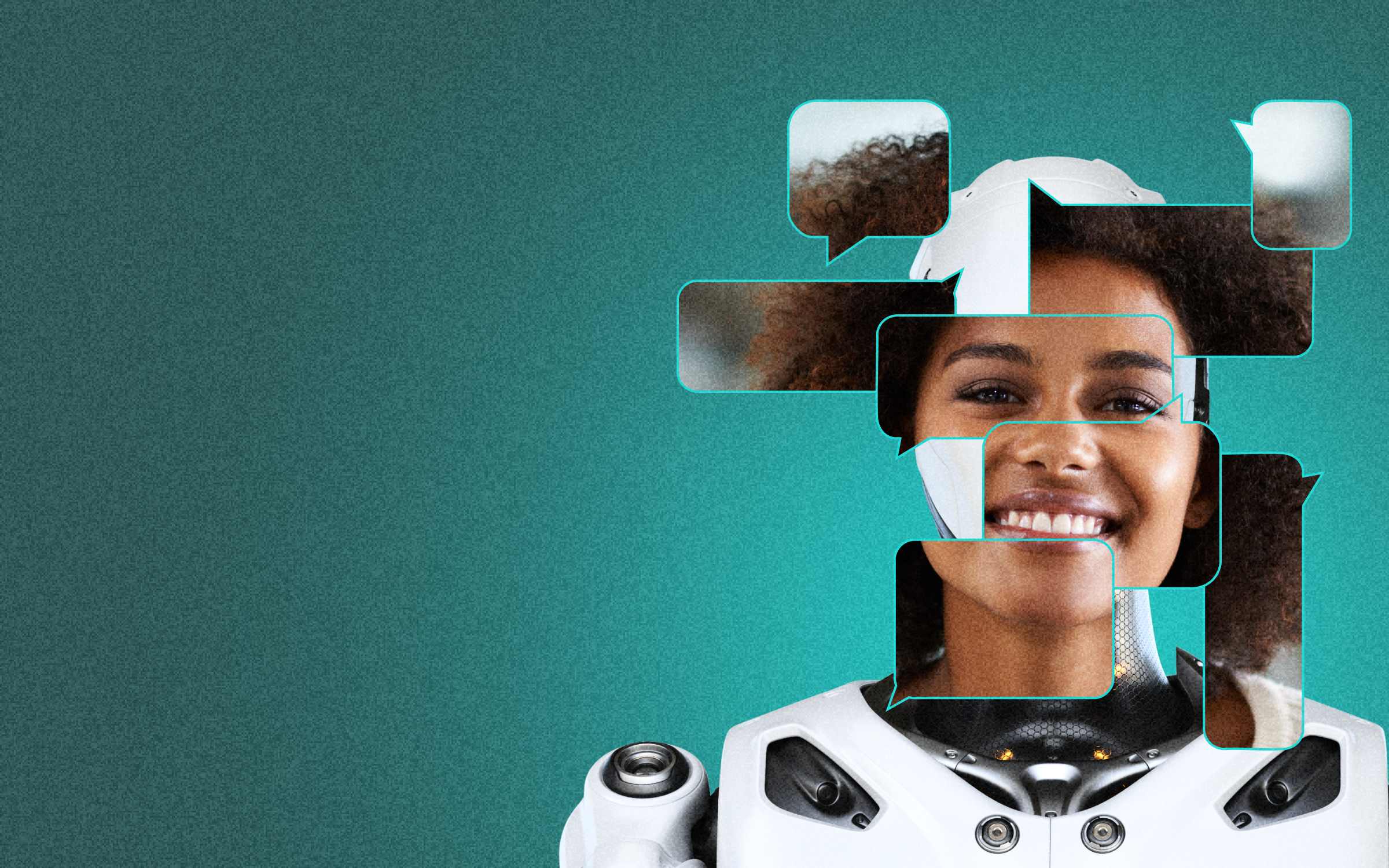The global prevalence of anxiety and depression rose by 25% in the first year of the pandemic, according to a 2022 brief from the World Health Organization. Three years later, employers must come to terms with rising rates of these conditions among their workforces.
“These past two years of the COVID-19 pandemic have made it overtly clear that our workplaces directly affect our health in every way – from the risk of spreading infection to the potential for anxiety or depression,” says Schroeder Stribling, president and CEO of Mental Health America. In a 2022 report from the nonprofit, 78% of respondents said workplace stress affected their mental health.
Stress on the job isn’t the only factor affecting your employees’ well-being. For some, working from home has been isolating and causes depression. For others, the return to a physical office has sparked a new sense of anxiety, says Mike Monahan, national managing principal of people community at accounting firm Grant Thornton.
Employees experiencing depression are often reluctant to seek treatment. In a survey of 2,000 employed Americans, 62% said they feel their boss would judge them if they requested time off for mental health care.
However, in the last year, more companies have taken steps to support employees with depression and anxiety — which positively impacts the bottom line. Depression is estimated to cost $44 billion a year in lost productivity in the United States, according to the National Institute of Mental Health.
See how rising rates of mental health conditions affect your team and the steps you can take to build a compassionate work environment.
Train Managers to Recognize Signs of Depression and Anxiety
“The pressures being placed on employees and business have been profound,” Monahan says. Monahan is no stranger to the impact catastrophic events can have on an employee’s mental health. At a previous job, he guided employees through two other crises — the 9/11 terrorist attacks and Hurricane Sandy in 2012.
While Grant Thornton provides mental health training to human resources staff, the firm amplified its training to help company leaders identify people struggling with depression and anxiety. For example, since the pandemic, managers at Grant Thornton have been advised to regularly check in with employees — not just about work but how they and their families are doing, he said. “When you reach out to them and ask ‘how are things going?’ and then pause, it doesn’t take long for them to share how they feel,” Monahan says.
The team has also developed protocols for safe ways to bring the issue to the employee’s or someone else’s attention, Monahan says. For instance, if a manager has concerns about an employee, he or she will consult with the People and Community team to determine the best path forward to support the employee. That could include referring the employee to a mental health care provider, discussing a detailed work-life balance plan, taking some time off work or a combination of those interventions.
If Grant Thornton managers encounter signs of distress — such as sobbing, the inability to focus, indications of dark thoughts, including thoughts about self-harm or taking their own life — they are expected to reach out to human resources, Monahan says. Other warning signs managers are told to look out for include disheveled attire and having no contact with colleagues for over a week, especially if the employee typically talks with colleagues daily.
According to psychologist Dr. Mary-Clare Race, signs of depression in the workplace include:
- Appearing bored
- Decreased productivity
- Difficulty concentrating on simple tasks
- Fatigue or loss of energy
- Frequently stating they are tired
- Lack of cooperation in team tasks
- Loss of motivation
- Restlessness or irritability
- Unexplained displays of emotion/bouts of crying
The signs of anxiety in the workplace often overlap, with some distinctions. Race, who is also chief innovation and product officer at human resources solutions firm LHH, says symptoms of anxiety include:
- Avoiding certain people, places or situations at work because of anxious feelings
- Avoiding workplace events to cope with social anxiety
- Feeling irritable, tired or tense
- Having trouble concentrating on projects or remembering recent events/conversations
- Indecisiveness over relatively simple situations/decisions
- Losing interest in work halfway through a project
- Low self-esteem
- Rampant perfectionism
- Showing up late or calling in sick due to anxious thoughts
While you may get a sense that your colleague is struggling, remember that only trained professionals can diagnose depression and anxiety. “Are we pathologizing what might just be a feeling of low mood or feeling down?” Race asks. It’s important to understand the impact of COVID on general feelings of mood versus clinical depression and anxiety, Race says.
Instead, focus on building an environment where people feel safe to ask for help.
“Historically if someone was struggling, we wouldn’t find out about it until they needed medical leave or stopped showing up for work,” says Monahan. “People have been more willing to reach out ahead of time and ask for help. I find that positive.”
Create Psychological Safety to Encourage Outreach
In supportive workplaces, employees feel safe asking their manager for help and expressing their mental health struggles. “If your employee had broken her arm or had a long-term illness, you would know about it, but that’s not always the case with depression and anxiety,” says Race.
However, compassionate employers must battle the stigma associated with discussing mental illness. While about 75% of employees have struggled with an issue that affected their mental health, eight out of 10 workers with a mental health condition said stigma prevents them from seeking care.
When approaching mental health at work, Race recommends that executives lead with vulnerability and discuss their own experiences. That demonstrates that employees are safe to discuss their challenges caused by anxiety and depression.
When Chandni Patel encounters a colleague struggling with depression or anxiety, she shares her own bouts of depression and anxiety openly. “When I’m willing to share that I have dealt with it or are feeling a little low, it is helpful to get people to at least start releasing the valve,” explains Patel, a New York City president of advertising at marketing and public relations agency R\West. Seeing someone in a leadership position, who has struggled and is now doing well, can be powerful, she says.
Focus on Support Systems, Not Quick Fixes
Race worries that too many companies are simply providing meditation apps or online yoga classes in an attempt to solve mental health challenges.
“A subscription to a meditation app can be really powerful if used correctly but if you have an employee who has clinical depression or an anxiety disorder, it’s a tiny drop in the ocean to help them get back to a good place,” Race says.
Monahan agrees that companies can’t just rely on a quick fix to help employees manage their depression and anxiety. Comprehensive benefits and support systems should be in place to provide assistance. Since the onset of the pandemic, Monahan says, Grant Thornton has reviewed its mental health benefits monthly.
If your health insurance packages don’t already offer mental health coverage, find ways to bolster these services. Grant Thornton increased access to trained counselors and therapists during the pandemic. Catering marketplace HUNGRY implemented a 24-hour, telehealth counseling service — at no additional cost for employees and their families. John Peebles, CEO of human resources software company Administrate, even hired a full-time therapist with whom his team can schedule appointments.
Looking for other mental health initiatives to support your team? See eight benefits to implement.






